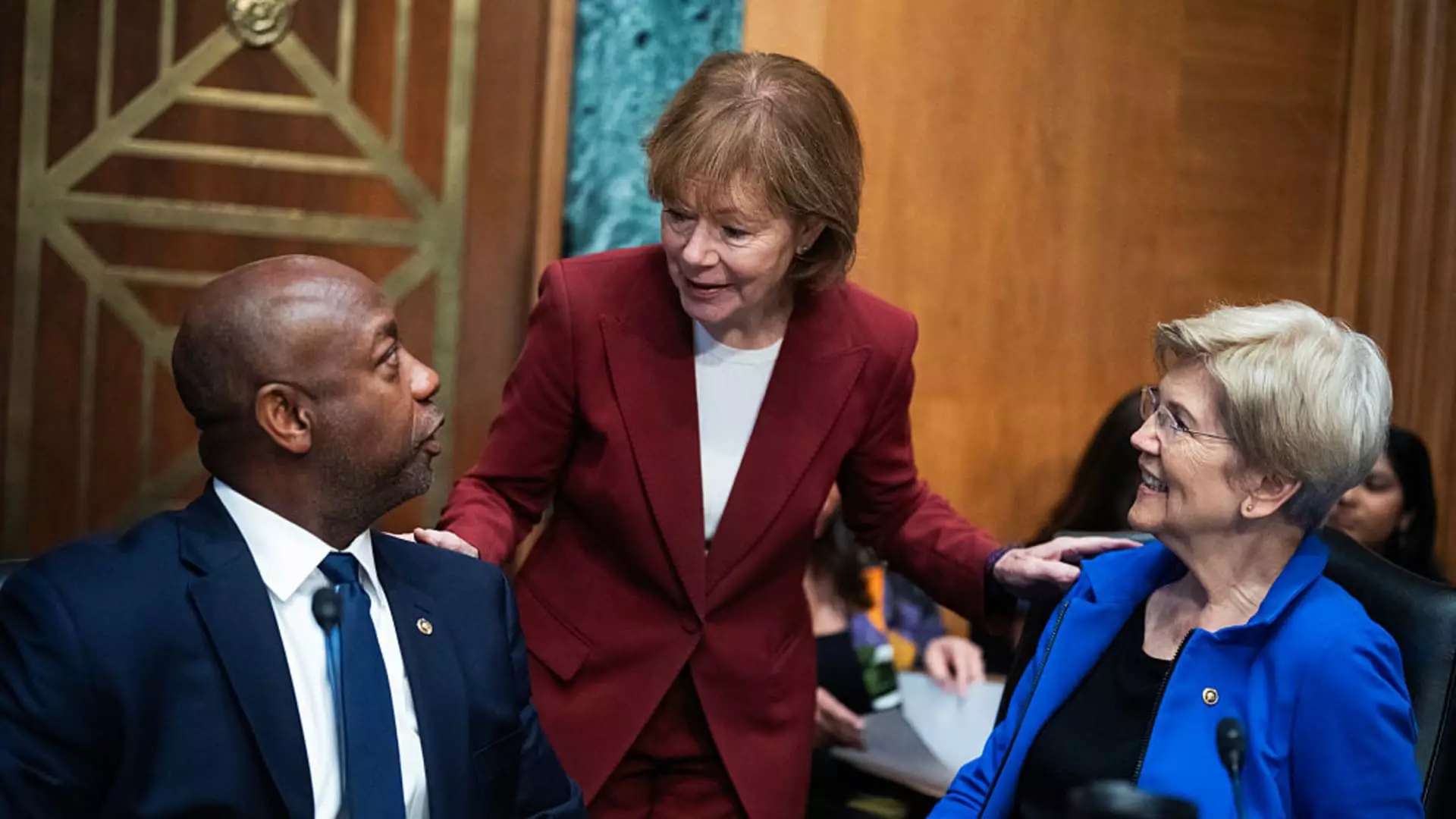The recent approval of the Renewing Opportunity in the American Dream to Housing Act of 2025 by the Senate Banking, Housing, and Urban Affairs Committee presents an opportunity—perhaps a chance—at addressing the severe housing crisis afflicting millions in the United States. Yet, upon closer scrutiny, it becomes painfully clear that this legislation, though heralded as a bipartisan breakthrough, risks falling short of real transformative change. Instead, it offers a smattering of half-measures that may do little to actually dismantle the entrenched barriers that prevent countless Americans from securing affordable, stable housing.
The political creators of this bill appear to selectively target superficial issues—making it easier to build manufactured housing, extending disaster recovery funds, and providing targeted relief to some low-income borrowers—without tackling the fundamental problems: economic inequality, systemic zoning laws, and unchecked speculation that inflate housing prices beyond the reach of ordinary people. While the bill’s proponents cloaked it in the language of hope and progress, its design looks more like a temporary patch on a gaping wound than a comprehensive solution that addresses the root causes of America’s affordable housing shortage.
Constructing Illusions of Progress Amid Deep-Seated Problems
At its core, the bill’s emphasis on streamlining the development of manufactured homes appears promising. Removing federal restrictions—like the requirement for a permanent chassis—could unquestionably make mobile and factory-built homes more accessible and affordable. These units are vital in regions suffering from acute shortages, notably the South, and could serve as a critical lever for increasing housing supply. However, promoting manufactured housing without limiting the powerful forces of land speculation and discriminatory local zoning policies risks turning this initiative into a token gesture rather than a solution. It’s akin to giving a band-aid when surgery is needed—the underlying systemic issues remain unaddressed.
Furthermore, the bill’s focus on federal regulatory reforms may appease some industry stakeholders, local officials, and certain advocates, but it remains detached from the realities faced by marginalized communities. Rural and low-income neighborhoods, often the most devastated by housing crises, are unlikely to see meaningful improvements if the broader economic and political barriers aren’t tackled simultaneously. The reality is, many of these communities are locked out of quality housing—not because of a lack of supply alone, but due to exclusionary zoning, NIMBYism, and financial systems designed to favor the wealthy.
Broken Promises for the Most Vulnerable
While extending the Community Development Block Grant Disaster Recovery program and providing relief to USDA mortgage holders sound like tangible benefits, they are largely band-aids on a much larger, more corrosive problem. These measures help but do not fundamentally change the landscape. They are essentially emergency responses rather than long-term strategies for reforming and democratizing access to affordable housing.
The real failure, however, lies in the glaring absence of proposals that confront wealth concentration, land speculation, or discriminatory policies. For instance, the bill does scant little to challenge the dominance of real estate as an investment vehicle that drives up prices and sidelines ordinary Americans. It’s easy for policymakers to focus on incremental improvements: additional funding here, simplified construction standards there, but these are just superficial fixes that ignore the systemic forces at work—forces that have perpetrated inequality for decades.
Moreover, the bill’s focus on helping specific groups—such as rural homeowners or those with USDA-backed mortgages—while commendable, risks creating new forms of division. It might mitigate some hardships temporarily but does little to challenge the broader structures that keep millions in a state of housing insecurity. It’s an acknowledgment of the problem, but not a bold enough move to dismantle the foundations of inequality.
The Illusion of Bipartisanship as a Cover for the Status Quo
The claim that this bill is a bipartisan success story is, frankly, more window dressing than substance. The political landscape remains deeply divided on critical issues of affordable housing, and this legislation reflects a compromise that favors incrementalism over radical reform. By presenting a bill that satisfies the lowest common denominator—profitable for developers, palatable to political elites, and minimally disruptive to existing power structures—lawmakers are avoiding the hard questions: how do we create truly affordable housing accessible to all Americans?
If anything, this bill exemplifies a missed opportunity to leverage federal power for transformative change. It signals a willingness to tinker around the edges rather than confront the systemic greed and exclusion that underpin the crisis. It’s a testament to how political expediency often trumps meaningful progress, with legislators opting for superficial measures amidst the urgency of a worsening housing emergency.
Confronting Reality: Will This Be Enough?
All told, this legislation feels like a glass of lukewarm water served to a populace parched from years of neglect. It is well-intentioned but ultimately insufficient. Its focus on easing local regulation, expanding certain programs, and supporting specific communities falls short of tackling the larger, structural issues of affordability, segregation, and economic inequality.
For housing reform to be genuinely impactful, it cannot rely solely on tweaks and temporary relief. It demands a bold reimagining of urban planning, zoning reforms, and a redistributive approach to housing policy—elements noticeably absent from the current bill. Until policymakers recognize that the crisis is rooted in capitalism’s feeding frenzy on real estate and the societal systems that reinforce inequality, the dream of affordable, meaningful homeownership remains just that—a dream.

